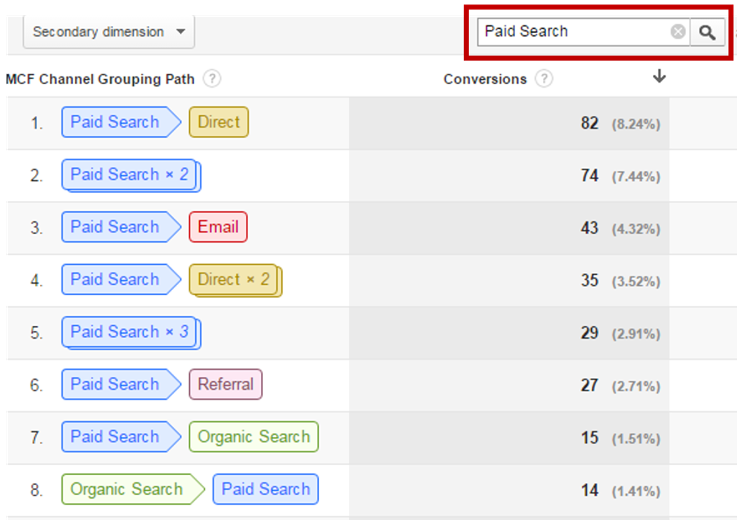September 29, 2021
How to Improve Measurement with Cross-Domain Tracking
Most digital marketers using Google Analytics to evaluate an online business use Google’s Last Click attribution model. This model credits goal completions, transactions, and revenue to the channel that brought in the last click before a conversion. However, this model also paints an incomplete picture. Ralph Waldo Emerson said “it’s about the journey, not the destination.” In your customers’ journey, the last click might be their destination, but you need to better understand each step along the way, including first clicks, last clicks, and the interactions in between, to fully understand and improve your marketing campaigns.
Don’t worry, there are reports to find just about any information you need, provided that you’re asking the right questions.

There are thousands of reports in Analytics. How do you find the best one for your business? Image via Pexels.
Your Report: Assisted Conversions
Google Analytics’ Assisted Conversions report allows you to consider the value of channels that don’t directly close sales. In addition, you can see the value of First & Assisting Interactions along the path to conversion. Locate this report under the Conversions tab > Multi-Channel Funnels > Assisted Conversions.
If your business is focused on new customer acquisition, you can use the First Interaction Analysis to identify which channel is frequently the first touch point along a conversion path. In the report below, the ‘First / Last Click or Direct Conversions’ ratio answers that question by telling you if a channels acts more as an initial touchpoint or a closer. The greater the ratio is above 1, the more valuable it is as a First Interaction. In this example, Social, Organic and Paid Search channels are the First Interaction leaders. Fully funding these channels allows you to maximize the number of potential customers that you reach at the beginning of their purchasing journey. Once in the funnel, you can direct them towards your closing channels: Email, Display, and Direct traffic.

Your Report: Top Conversion Paths
The Top Conversion Paths report illustrates which channels interact to generate conversions when more than one marketing interaction is involved. At Metric Theory, we often use this report to evaluate the different ways Paid Search and Social advertising contribute to the business.
For this online retailer, we used a filter for ‘Paid Search’ to identify that customers who click Paid Search ads are also often interacting with our Email, Referral, and Organic efforts. In many cases, our Google & Bing ads are the First Interaction. The report summary shows us that 26% of multi-channel conversions include Paid Search, which is a compelling argument to continue leveraging paid ads as a means to introduce and nurture potential customers.

Your Report: The Model Comparison Tool
Digital marketers should have their business goals top of mind when allocating marketing dollars, evaluating new campaign performance, and brainstorming future strategies. Last Click attribution allows us to review which channels can close the sale for any customer, but what if you’re focused on nurturing potential customers throughout their entire journey? In this case, you may want to value each interaction equally when attributing conversions and revenue. Use the Model Comparison Tool to see how a ‘Last Interaction’ Model compares to a ‘Linear’ Model that provides equal credit to each interaction along the conversion path. From here, you can draw conclusions around the return on investment from these various channels and reallocate budgets accordingly.

Your marketing channels don’t exist in a vacuum. Each channel contributes to your goals, whether as an introduction, a nurturing midpoint, or a closer. So take a close look and be sure that you’re valuing the customer journey, and not just the destination.
